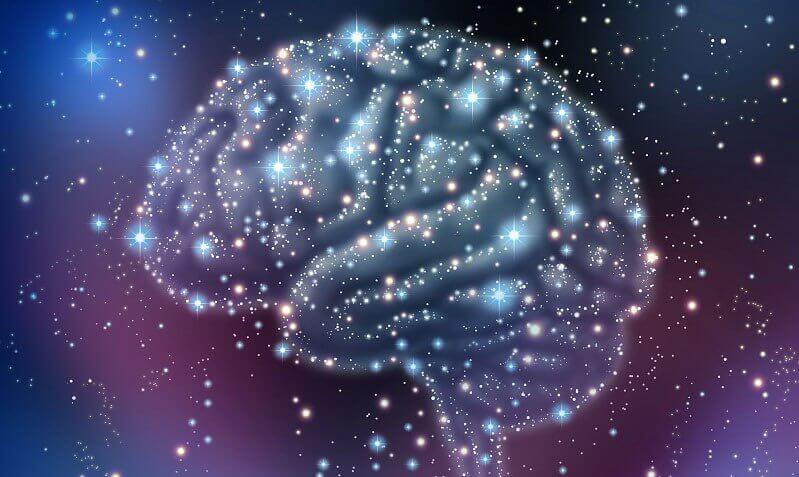The human brain is as complex as it is mysterious, neuroscience advances and more data on the functioning and mysteries of the brain are revealed every day, yet much remains to be discovered. The brain never ceases to amaze us day after day.
For example, some people with autism have unusual skills, there are autistic people who know how to draw better than Renaissance painters, for example, while others can play instruments without any training, their brains have a different structure and mode of functioning.
In this article, we will present an overview of the mysteries of the brain.
Paul MacLean’s triumphant brain has been a very popular model for many years to group several regions of the brain into different sets that perform different tasks. The distinct structures would be: the reptile brain, the limbic system and the neocortex. So, our brain has evolved, parallel to our evolution as a species?reptile complex to the neocortex or ‘rational brain’.
The reptile brain is the lower region of the anterior brain, in this region are the central gray nuclei and regions of the brainstem and brain responsible for the functions essential to our survival (breathing, heart rate?).
This structure is responsible for simple and impulsive behaviors, depending on the physiological states of the body: fear, hunger, anger, etc. It can be said to be the part of the nervous system that stores genetically programmed codes when the necessary conditions are met. Gathered.
He is responsible for the emotions associated with each of the experiences we live, it is the seat of emotions. Its most important structures are the amygdala and hippocampus, structures that generate a primitive memory system, close to the hypothalamus, which has allowed to react to a wider spectrum of stimuli.
This is the most recent evolutionary milestone in the development of our brain, it is the seat of our rationality: it allows us to think abstractly, systematically and logically, a beautiful achievement for our species. It is this part that allows us to be so different between us and that in addition, we can give different answers to the same situation at different times, it is also the home of our powerful imagination.
One of the most well-known divisions of the neocortex is that of brain lobes.
The human brain is divided into two more or less symmetrical parts, called hemispheres, and each hemisphere can be divided into four different lobes:
People with autism are generally not the most competent in their dealings with others. In addition, they often have emotional immaturity, language deficiencies and other difficulties. These problems may be due to the fact that certain areas of the autistic brain are damaged and end up functioning. Differently.
However, in the case of autistic people who draw very well, there is an island of cortical tissue in the right parietal lobe (where our spatial and artistic skills are located), so dysfunction of many brain areas makes the right parietal lobe free to accumulate most of the attention resources. In return, we could reach this milestone after years of preparation and effort.
If the right parietal lobe is damaged, for example during a stroke or tumor, the person often loses the ability to make even a simple contour. On the other hand, if there is an injury to the left parietal lobe (related to numerical calculation) the artistic capacity of the person generally improves Why does this happen?One explanation might be why the left parietal lobe stops consuming resources and these are used in the right. Although our hemispheres work together, the truth is that they also have an incredible ability to balance each other.
It appears that Albert Einstein had very large angular convolutions in the brain (these convolutions are found in the parietal lobes). The fact is, being good at math doesn’t just require being good at arithmetic, you also need other skills, like spatial skills. display.
In this way, Einstein was able to dramatically combine computational capacity (left parietal lobe) with his spatial capacity (right parietal lobe). As extraordinary as the achievements of the spirit we are talking about.
Brain mysteries are fascinating, aren’t they?

